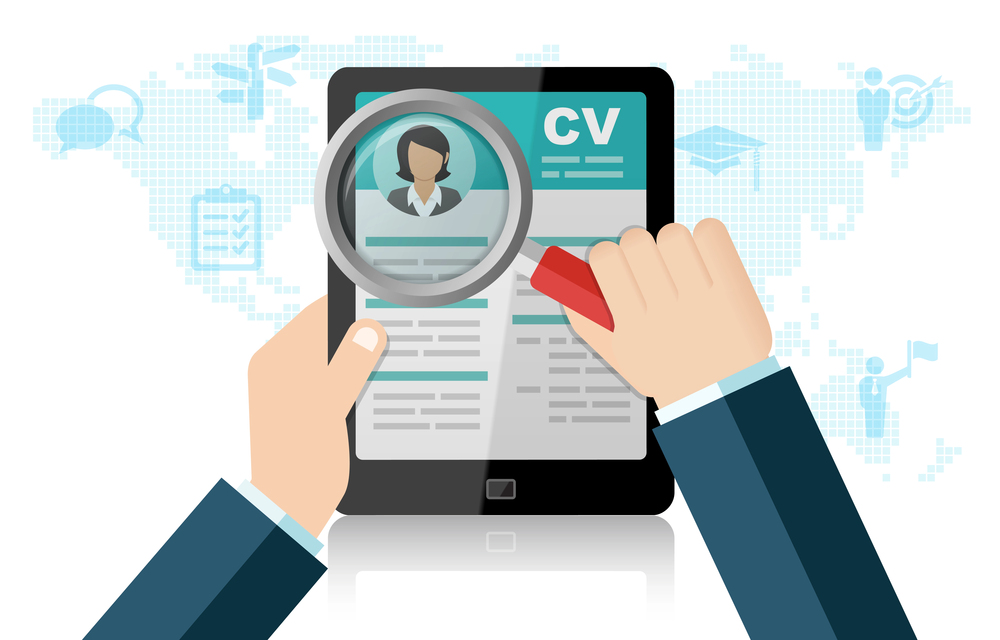You’ve heard every financial guru talk about multiple streams of income. So, you may have decided to start a Shopify store as your side hustle. Shopify’s stock has recently been surging to the record level, making it pretty clear that people are interested in what it has to offer.
Running a Shopify Store
Here are 10 tips you may like to consider from my own experience with running a Shopify store as my side hustle. These are critical if you want to try to turn a profit in the first year.
-
SKUs Matter.
How many SKUs will you be launching with? One product in 5 sizes in 5 colors equals 25 SKUs to carry off the bat. If you have 5 products with those variations, you’re looking at 125 SKUs. Having a lot of options is fine, but what happens when all of your XL were sized or described inaccurately and every one of them was returned after 1 month? That return rate will cut into your profit.
-
Expiration Dates Matter.
Sure, a food item with a 6-month shelf life comes to mind, but this also applies to the latest “it” bag. Can you be sure that the product you are selling will withstand the test of time, or sell out before it expires?
-
Weigh Your Products.
Weight is factored into the shipping cost from the factory, to your warehouse, and to Amazon or Shopify customers. If your products are made outside of your country, shipping cost will increase significantly, depending on international flight availability. In my case, Chrysmela is luckily, a tiny, feather light product made in Japan. Since the pandemic began, FedEx stopped international economy service between Japan and the US. Depending on the quantity of products, or weight per package, shipping cost increases could significantly affect your bottom line and timelines for delivery.
-
The Size of Your Products Matters.
Whether you store your products at home or at a 3PL warehouse, if your products are bulky, plan ahead. Many 3PLs charge by bulk. Real estate/shelf space is a cost of doing business. Packaging material costs also may be significant as well. This could add up over time and hurt your bottom line.
-
Research Price Points.
Do your research and pick a price point for your product carefully. It has to sell, obviously. Map your competitors and address pain points of target customers. Factor in how much effort and how long the journey it takes to reach the customer.
-
Decide on Themes.
Shopify has many gorgeous, ready-made themes, “templates” on which you can build your dream store. If you want to hire a designer or Shopify specialist, they may suggest creating a “Custom Theme” for special aesthetics and a unique shopping experience. Three years ago, I fell under this spell and went with a custom theme. Don’t get me wrong — check out our website www.chrysme.la — it’s beautiful and easy to navigate. I am happy with it. But as a new user, if I had known more about Shopify, I might have chosen a simple theme from the free options available and started learning how to manage my Shopify page first. This can help you save on the initial investment, open your store quickly, without waiting for the development time, and get to building your DTC business faster.
-
Invest in Good Video and Photos.
You can use them many times over. Quality matters. Do not skimp here. If you make a 1-minute video, make sure you create a handful of 8-10 second clips out of that which you can repurpose. If you open a branded Amazon page, you can use these short clips for the newest Sponsored Brand Video ads which I’ve found super effective. Always think of multi-purpose content to maximize your ROI.
-
Know the Rules of Your Third-Party Suppliers.
If you have products moving around between warehouses that you don’t touch, make sure your customers know the rules for returns. Make it clear from the start to avoid miscommunication. For example, if they try to return the item to the wrong warehouse it may get lost in the mix. Do this by clearly stating your shipping and returns policy on your website, following Shopify guidelines. This not only prevents unnecessary mistakes during the journey of a product you sell, but also is required, if you plan to advertise on Google.
-
Provide Great Customer Service.
Customer service the best market research for my company. I answer all customer inquiries, and I have the deepest respect for all customer service agents in this world. Their listening capability, patience, and kindness are appreciated. I feel like I may have become a little better person along the way, learning a lot from human communications. In addition, with Shopify, there is a bonus. You tag, add comments to keep track of cases, and use as your memo pad.
-
Presentation is Everything.
The way you present your product matters. Are you sending diamond earrings wrapped in tissue paper or a velvet box? Are you running an eco-friendly business, and instead of upcycling boxes, you’re sending packaging with tons of plastic? How you share your product with the world is a reflection of your brand. Packaging and presentation are the first personal impressions for a DTC business. Eco-conscious choice of packaging is prudent — we like to package our earring backs in an Italian velour pouch that can be reused as a jewelry case or mask case.
Open Your Own Shopify Store
This is a little checklist to consider when opening up your own Shopify store. It may seem like a lot at first, but if you keep these thoughts in mind, you’ll be better set up for success as your business takes off.
I’m available to answer any questions, and you can reach me at info@chrysme.la.
About Chrysmela
The world’s most secure earring back, Chrysmela, is the only earring back that automatically fits, locks and lifts all types of earrings. Made in the same high-tech factories in Japan that manufacture elements of smartphone cameras, the patented technology uses three micro ball bearings to securely lock into place.
About Mayumi Ishii
Mayumi’s background is in management consulting at McKinsey, where she worked for three years in both Tokyo and LA. Following McKinsey, she was an Investment Banking Analyst covering high tech in Silicon Valley. She started and grew her own consulting firm, MIV Consulting for 20 years, where she helped Silicon Valley startups develop relationships with strategic partners in Japan. Prior to launching Chrysmela in the US, she had no experience in retail and had never sold anything direct-to-consumer but saw the market potential of Chrysmela in the US and other countries and took this ball and ran with it. Mayumi is the US Chief of Chrysmela and resides in Los Angeles.
Find a Home-Based Business to Start-Up >>> Hundreds of Business Listings.

















































